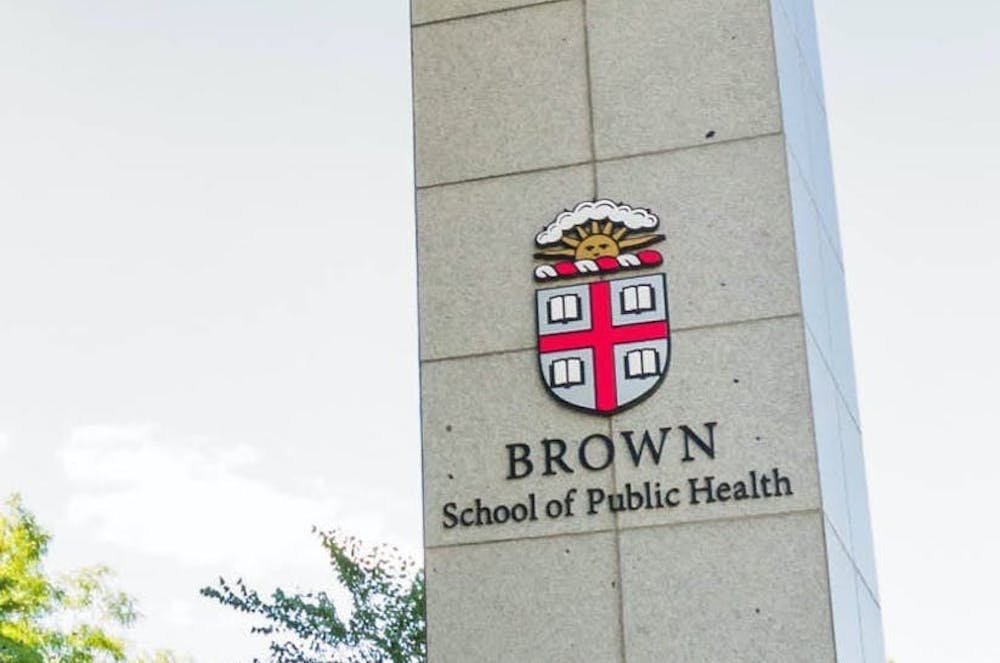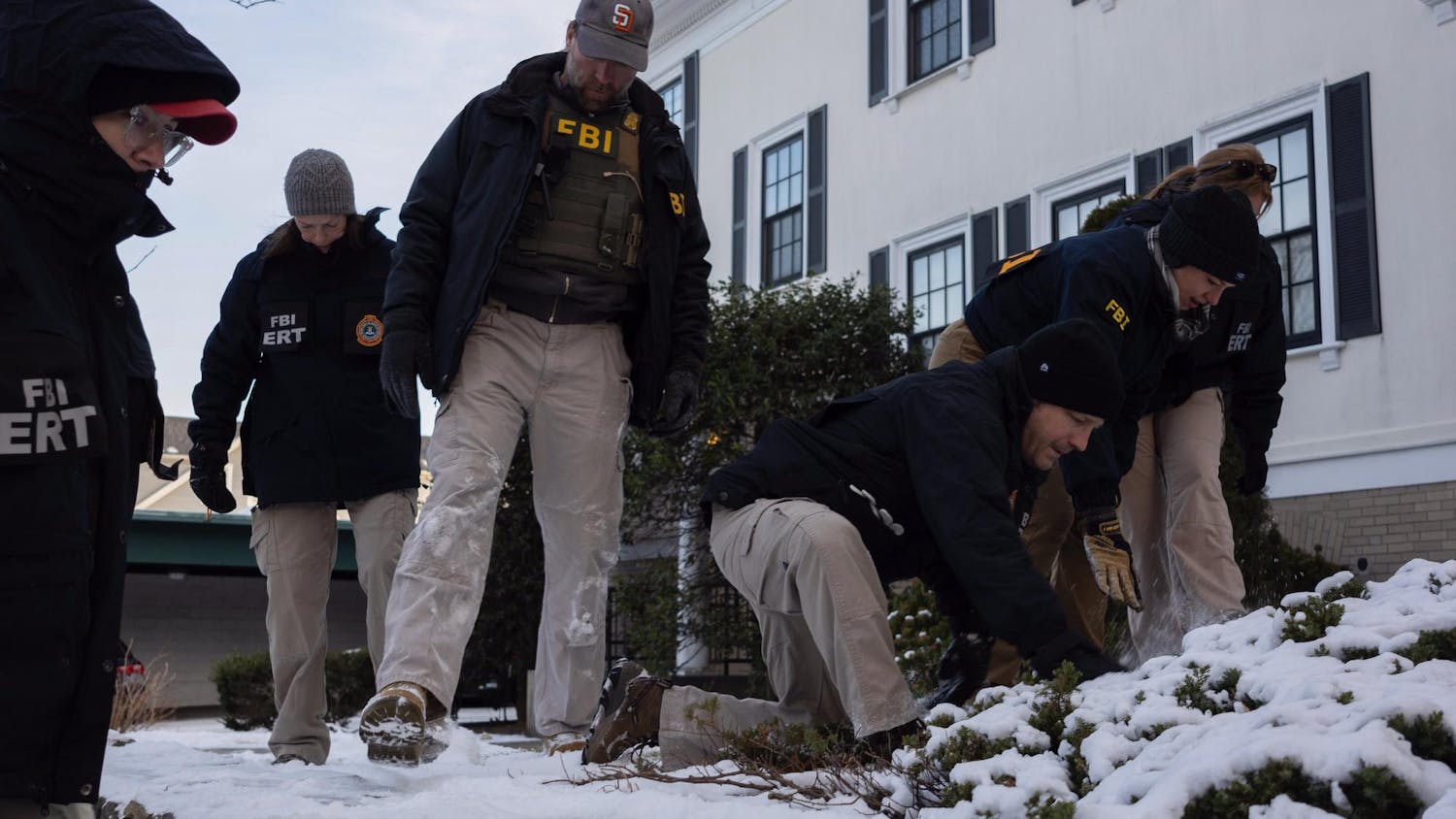Researchers at Brown’s School of Public Health and New York University Langone Health will examine the effectiveness of overdose prevention centers in a new study funded by the National Institutes of Health’s National Institute on Drug Abuse.
The study will evaluate the impact of the nation’s first publicly recognized OPCs — supervised injection sites where individuals can consume illicit drugs under the watch of medical professionals — located in New York City and, by 2024, in Providence, where the country’s first state-approved OPC is slated to open.
The study plans to measure overdose rates — both at the OPCs and in their surrounding communities — as well as usage rates for substance use disorder treatment and recovery services, in addition to other indicators such as the number of people using the OPCs who access associated housing programs. A second phase of the project plans to examine the impacts of safe injection sites on the specific neighborhoods in which they are located.
Overdose prevention centers offer immediate supervision from medical professionals or trained peers in the event of an overdose. But the sites also offer many more “wraparound services,” according to Brandon Marshall, professor of epidemiology at SPH who is overseeing the Providence portion of the study.
These services include treatment for substance use disorders, general health care services, housing assistance, social services and harm reduction supplies like naloxone and test strips. Overdose prevention centers might also offer nutrition assistance, showers and clothing. “It really is designed to be a comprehensive public health intervention for people who are at risk of overdose,” Marshall said.
Roughly 1,000 participants — half drawn from New York and half from Rhode Island — will be included in the study.
Researchers will first request information from consenting participants regarding their drug use and overdose history. They will then track participants over 18 months to determine how their behavior may change as a result of interactions with OPCs. With participant consent, researchers will also link to state administrative datasets to determine whether using an OPC affects a civilian’s likelihood of engaging in treatment for addiction.
The team will regularly evaluate the OPC's surrounding area — currently slated to be between Silver Lake and the West End — after it opens by assessing random city blocks at predetermined time intervals to understand the changes in the built environment as the facility opens. The team will also speak to both study participants and facility staff regarding their use of the center and any potential barriers that may arise.
Overdose prevention centers have already been well-studied internationally, with the first such site having opened in Switzerland in the 1980s, according to Marshall. In other countries, findings have shown overdose prevention centers reduce rates of overdose deaths in their immediate communities, Marshall said. They have also been shown to be an effective pathway to substance use disorder treatments, improve neighborhood conditions and decrease drug-related litter.
OPCs across the country
The study is the first of its kind in the United States. While overdose prevention centers are still illegal at the federal level, Rhode Island and New York City have both passed bills allowing the operation of safe injection sites.
In New York, two centers have been open since the end of 2021 using different models: a medical model and a peer model, said Magdalena Cerda, professor and director of the Center for Opioid Epidemiology and Policy at the Department of Population Health at NYU Grossman School of Medicine and head of the study in New York City.
“In the United States, I think there’s the sense that we’re somehow different and special,” said Colleen Daley Ndoye, executive director of Project Weber/RENEW, the state’s largest harm reduction organization, which is in charge of operating Providence’s overdose prevention center. “To have this study being the first to officially look at the impact of overdose prevention centers in the United States is really important.”
An overdose prevention center located in a smaller city like Providence also gives researchers an “exciting opportunity to understand their operation in a smaller urban context where the population of people at risk for overdose is more dispersed,” Marshall said.
Marshall said that the application for NIH funding for the study took longer than a year to process and was awarded in the spring.
The fact that Providence’s OPC will open in 2024 allows the research team to collect important pre-implementation data, which will be obtained through neighborhood assessments that enable the team to later analyze changes in people’s behavior and the environment where the OPC opens, Marshall noted.
“The ability to collect data before the Providence OPC opens is a huge strength and it improves the rigor and robustness of the design,” Marshall said. “Obviously, we are all looking forward to having the OPC open and running because it does provide life-saving services to people, but from a research perspective, we wish to remain flexible to accommodate the implementation timeline.”
Federal barriers
The Anti-Drug Abuse Act of 1986 prohibits the operation of facilities that allow people to consume drugs and contains what is known as the “crack house statute,” Cerda said.
“That provision has prevented many jurisdictions from opening an OPC,” Cerda said. But because funding for the study does not go towards operating an OPC, and instead pays to study those that already exist, the research is legal.
“What we do know is that they are clearly legal at a state level in Rhode Island, which is what allows us to proceed with a regulatory framework to implementation,” Marshall said.
And other states could be next. “Minnesota just passed a law allowing for the operation of overdose prevention centers, so I think we will start to see more cities within states opening up centers in the coming years,” Cerda said.
“We are dealing with a really critical point in our country,” Cerda said. “To see the real commitment that these centers have to meet people where they are, to treat them with dignity, to offer a range of services that really meet multiple dimensions of their needs beyond drug use and to help them lead the lives that they want to lead, whatever that might be, has been really quite impressive.”
Robayet Hossain is a Science and Research staff writer focusing on up-and-coming research and departmental updates. He is a first-generation sophomore from Bangladesh and graduated in New Orleans. He loves listening to a variety of music genres and reading horror stories just to have problems falling asleep.





